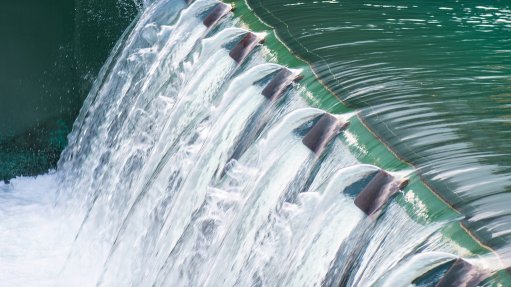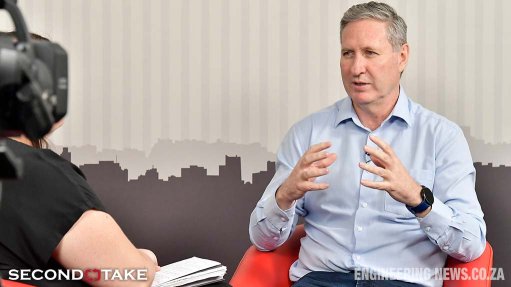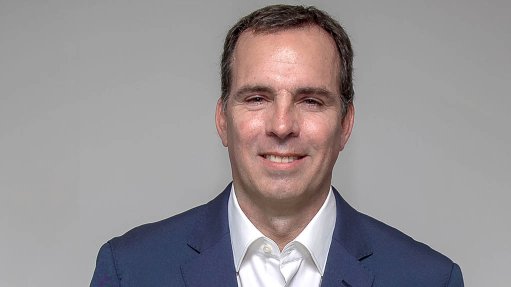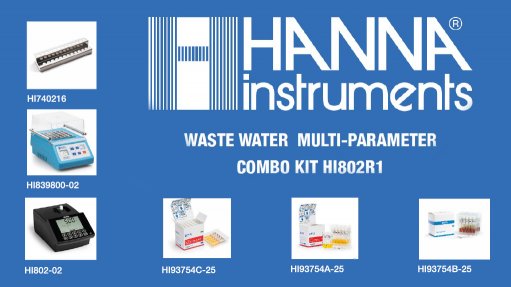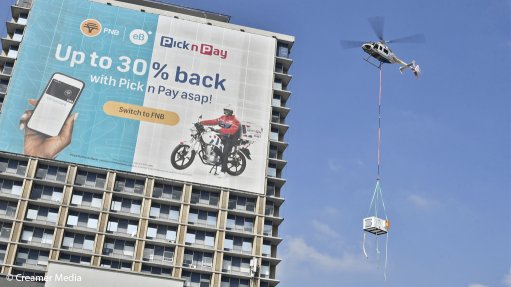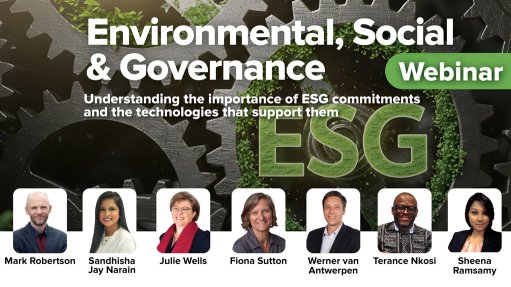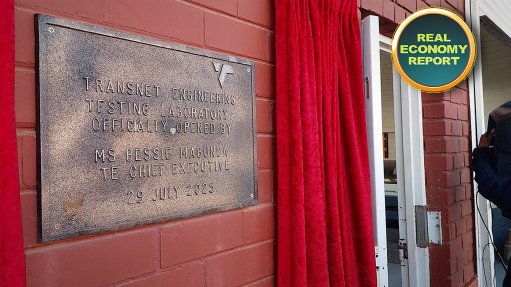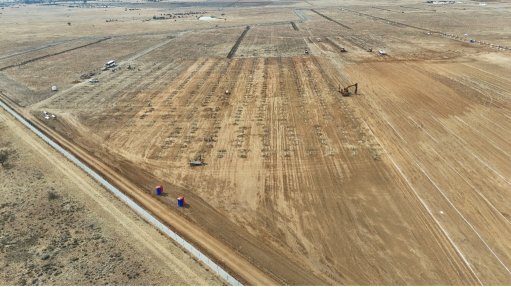Unlocking millions: Why small design changes in large-scale solar projects matter
This article has been supplied and will be available for a limited time only on this website.
As the global solar sector continues its rapid expansion, projected to add 4,000 GW by 2030, a recent research study by 7SecondSolar and Zutari reveals a critical but often overlooked factor in the financing of utility-scale projects: minor design decisions can have a major impact on capital costs and long-term energy revenue. While many strategies to improve PV plant performance exist, enhancements through optimal cable design and plant layout are often overlooked. The study demonstrates that an iterative design process in the early project stages is essential for identifying the impact of small design changes on yield, power loss and capital expenditure.
The challenge of optimisation in a growing market
“Designing utility-scale solar PV plants has become increasingly complex due to geographical constraints and the need to maximise energy output while minimising capital expenditure,” says Paul Nel, Chief Executive Officer of 7SecondSolar. “While significant advancements have been made in module technology, factors like cable routing and equipment placement are often simplified in the early stages of a project, even though they can have a substantial impact on performance and cost.”
The recent study published by 7SecondSolar and Zutari, sheds light on the financial implications of these minor design choices. The study modelled a 330 MWp solar plant under nine different design scenarios, focusing on equipment placement, corridor widths, and cable sizes. The findings highlight that the total cable cost varied by as much as 44%, amounting to a difference of $3.39 million, while the annual revenue loss from cable inefficiencies saw a maximum variation of $193,349.
Redefining the design process with computational tools
Traditional design methods, which are often limited by time and complexity, do not allow for the exploration of multiple scenarios, leading to potentially sub-optimal outcomes. 7SecondSolar's computational software, AUTOPV™, was used in this study to automate multiple design scenarios, enabling rapid and accurate calculations of cable losses, costs, and estimated energy yield.
“The difference we found between scenarios was substantial,” says Nel. “It’s clear that minor design choices are far from trivial. Our software enables energy engineers to quickly and efficiently model a wide range of design scenarios, providing the data needed to make decisions that benefit the project’s technical performance and overall bankability, all very early on in the project.”
Key findings from the study
- Equipment placement is a key driver of value: The quantity and placement of equipment like DC combiner boxes and Power Conversion Units (PCUs) had the most significant impact on cable costs and electrical performance. For example, a scenario with more combiner boxes and PCUs resulted in the lowest power loss and highest lifetime revenue, despite having the highest upfront cable costs. Conversely, a design with fewer, larger PCUs had the lowest cable cost yet compromised on cable losses.
- Balancing cost and revenue: While using a larger cable size (10mm²) reduced losses and increased annual revenue by about $72,500, the higher cost of the cables meant a payback period of approximately 13 years. Conversely, a smaller cable size (4mm²) saved nearly $700,000 in upfront costs, but the revenue lost from higher losses would surpass those savings within eight years.
The path forward
“By using computational tools like AUTOPV™, project teams can move beyond traditional, time-constrained methods to fully and accurately evaluate how small changes can lead to millions in financial impact over a project’s lifecycle,” adds Nel. “Multiple design iterations can be produced in a day, making it more possible to explore different scenarios. This iterative design process is essential for ensuring that utility-scale solar projects are not only designed efficiently but also financially viable and aligned with investors' expectations.”
Comments
Press Office
Announcements
What's On
Subscribe to improve your user experience...
Option 1 (equivalent of R125 a month):
Receive a weekly copy of Creamer Media's Engineering News & Mining Weekly magazine
(print copy for those in South Africa and e-magazine for those outside of South Africa)
Receive daily email newsletters
Access to full search results
Access archive of magazine back copies
Access to Projects in Progress
Access to ONE Research Report of your choice in PDF format
Option 2 (equivalent of R375 a month):
All benefits from Option 1
PLUS
Access to Creamer Media's Research Channel Africa for ALL Research Reports, in PDF format, on various industrial and mining sectors
including Electricity; Water; Energy Transition; Hydrogen; Roads, Rail and Ports; Coal; Gold; Platinum; Battery Metals; etc.
Already a subscriber?
Forgotten your password?
Receive weekly copy of Creamer Media's Engineering News & Mining Weekly magazine (print copy for those in South Africa and e-magazine for those outside of South Africa)
➕
Recieve daily email newsletters
➕
Access to full search results
➕
Access archive of magazine back copies
➕
Access to Projects in Progress
➕
Access to ONE Research Report of your choice in PDF format
RESEARCH CHANNEL AFRICA
R4500 (equivalent of R375 a month)
SUBSCRIBEAll benefits from Option 1
➕
Access to Creamer Media's Research Channel Africa for ALL Research Reports on various industrial and mining sectors, in PDF format, including on:
Electricity
➕
Water
➕
Energy Transition
➕
Hydrogen
➕
Roads, Rail and Ports
➕
Coal
➕
Gold
➕
Platinum
➕
Battery Metals
➕
etc.
Receive all benefits from Option 1 or Option 2 delivered to numerous people at your company
➕
Multiple User names and Passwords for simultaneous log-ins
➕
Intranet integration access to all in your organisation






